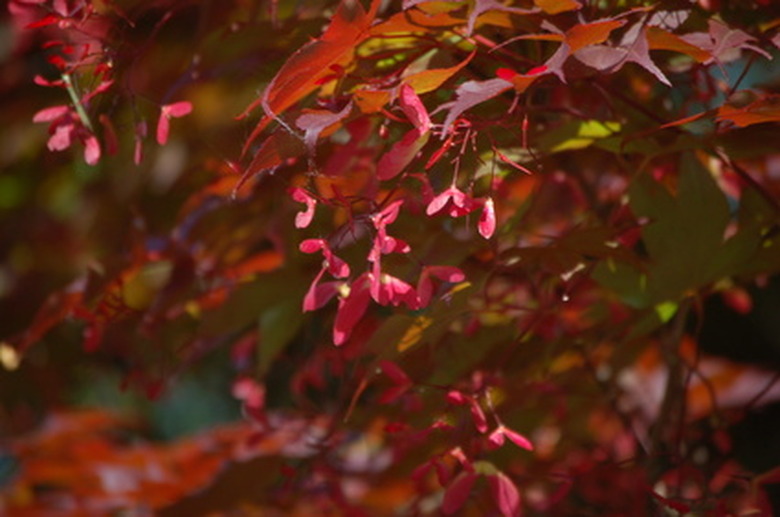Crimson King Maple Tree Diseases
The Crimson King maple tree is a striking tree with purple-green foliage that lasts throughout the summer. This tall shade tree is a popular accent to any yard, and, when properly maintained, can live for decades. However, just because the Crimson King is tall does not mean it is impervious to disease. In fact, there are several diseases that can topple this tree if you do not spot and treat them in time. The best way to keep your maple healthy and happy for years to come is to be aware of the signs and symptoms of Crimson King maple tree diseases.
Leaf Scorch
If you live in an area with high winds, then watch your Crimson King maple tree for signs of leaf scorch. Leaf scorch in maples manifests as tan and brown areas between the veins on the leaves. This can also be indicative of a diseased root system. Treat your tree by watering using a drip hose. If the scorch does not disappear, then you may have root rot, which usually kills the tree and necessitates removal in order to prevent the spread of infection.
- The Crimson King maple tree is a striking tree with purple-green foliage that lasts throughout the summer.
- If you live in an area with high winds, then watch your Crimson King maple tree for signs of leaf scorch.
Verticillium Wilt
Maple trees with verticillium wilt have wilted leaves that appear discolored. Left unchecked, this fungal infection kills branches and eventually destroys your tree. You can diagnose this infection by scraping a branch to reveal the sapwood beneath. If it is stained a dark, olive green, then your maple has verticillium. Use sterile pruning to remove affected areas of the tree and fertilize it with a high-nitrogen fertilizer. Monitor your tree for symptoms and remove additional branches, if necessary. If you cannot get the wilt under control fairly quickly, remove the tree to prevent the spread of the disease.
- Maple trees with verticillium wilt have wilted leaves that appear discolored.
- If you cannot get the wilt under control fairly quickly, remove the tree to prevent the spread of the disease.
Cotony Maple Scale
Cottony maple scale is caused by scale insects that leave cottony, white masses on the underside of your maple's branches. Not only is this unsightly, but it can weaken the tree, discolor leaves and leave the plant susceptible to other infections, molds and mildews. If the infection is small, remove the insects and the cotton residue with gloved hands before treating the entire tree — upper and lower branches and sides of leaves — with horticultural oil to discourage the crawlers and prevent them from returning to your tree.
